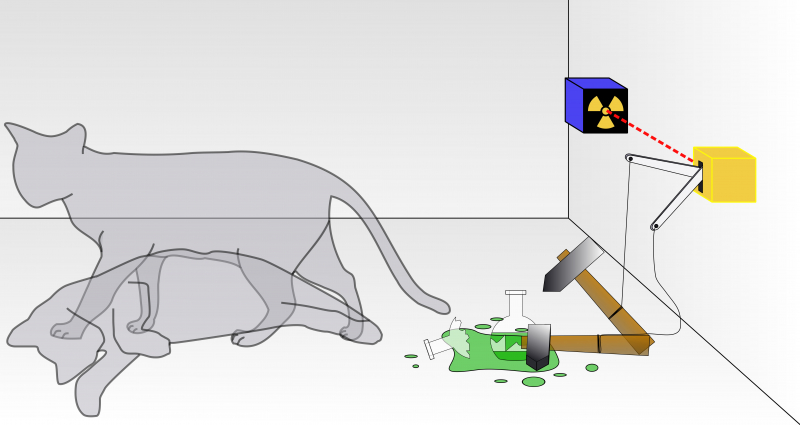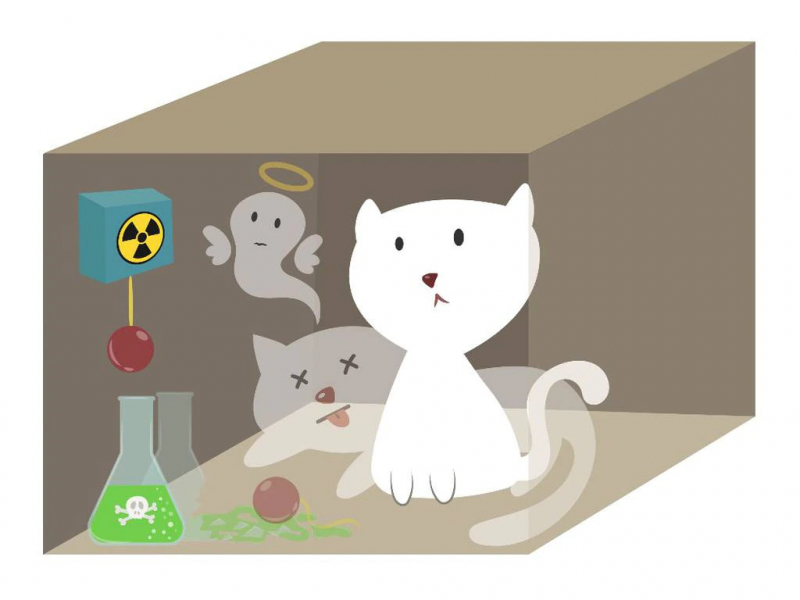Schrödinger 's Cat is his most well-known idea.
Even though Schrödinger's work became a pillar of quantum theory, he and other physicists were still troubled by the probability issue. As a result, he carried on his work and reviewed the broad interpretations of the quantum theory, a theory he helped develop. He developed philosophical arguments against this interpretation, and the most well-known of these arguments is the Schrödinger's cat.
Schrödinger 's Cat is his most well-known invention. This was a mental exercise that was developed in 1935. A radioactive substance, a Geiger counter, a bottle of poison, and a hammer were placed inside a box or tiny room where the cat was imprisoned. The atom in the material has an equal chance of decaying or not, therefore the cat might be both alive and dead at the same time. Due to the radioactive material's extreme smallness, there is a 50/50 probability that the Geiger counter will pick it up. The poison will be smashed by the hammer and kill the cat if it isn't recognized, though.
The goal of this thought experiment was to expose the shortcomings of the Copenhagen Institute's interpretation of the quantum superposition. According to the experiment, the cat is both alive and dead up until the box is opened. The probability remains identical up until the steel box is opened and the atom's wave function collapses, even if the atom decays and kills the cat. Quantum superposition describes the coexisting life and dead condition. A mainstay of contemporary philosophical thought, the thesis is frequently used in popular culture.









